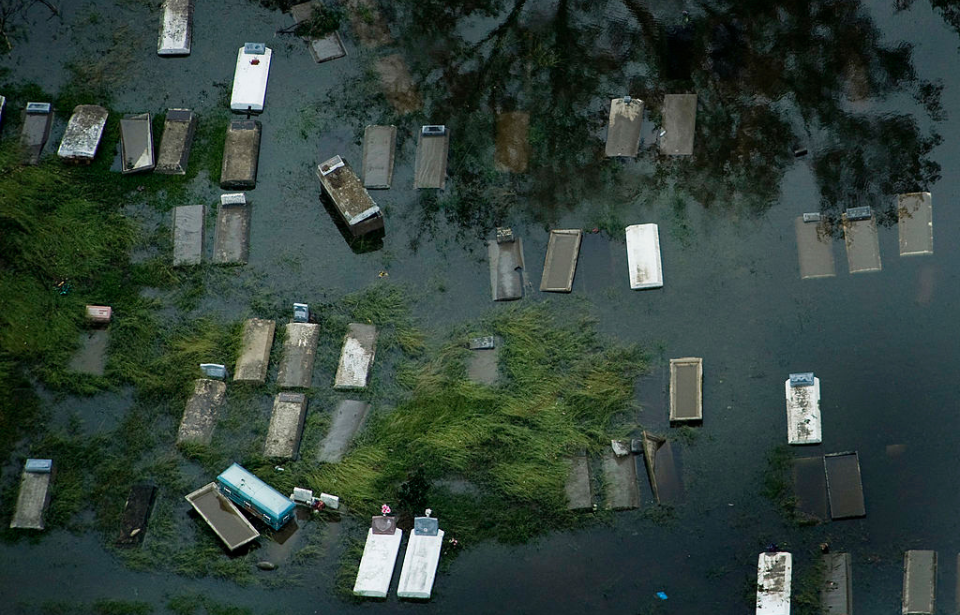Throughout the United States and across the world, climate change is leading to an increase in severe weather and natural disasters. While those most obviously impacted are the living, the dead also suffer when such events occur. In particular, the issues faced by cemeteries during these times can be devastating financially, as well as emotionally, prompting officials to brainstorm remedies to a problem that currently has no clear-cut solution.
The effects of climate change on cemeteries
According to the Federal Emergency Management Agency (FEMA), the majority of cemetery owners in the US aren’t required to have climate mitigation plans, which could prevent them from suffering severe damage during natural disasters.
Since these plans aren’t in place, they’re more vulnerable to forest fires, as is the case in California, as well as hurricanes and flooding. Additionally, graveyards in Alaska risk damage due to melting permafrost.
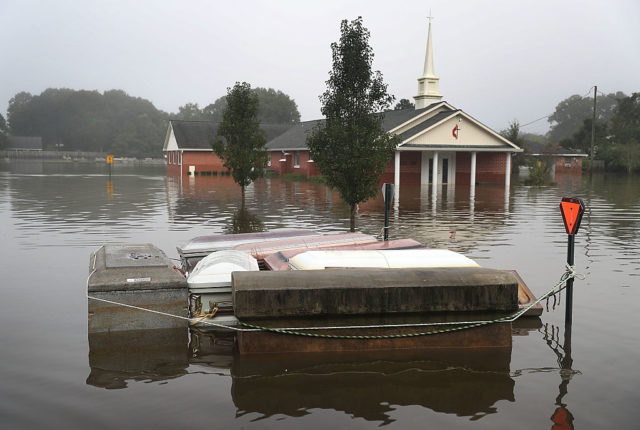
Historically, floodwaters have wreaked havoc on cemeteries located in areas close to the sea. Louisiana, in particular, is incredibly vulnerable to this. The dead in the low-lying state are typically buried either in shallow plots or aboveground vaults, which are tightly sealed, creating pressure whenever flooding occurs. The moisture weakens the vaults’ seals, causing the caskets to “pop” out.
This has been seen a number of times, including during the aftermath of Hurricane Katrina (2005), which saw a thousand caskets displaced by floodwaters. Hurricane Ida in 2021 also saw coffins wind up in backyards, buried in the mud and swept under damaged homes, despite being weighed down by cement and other heavy materials.
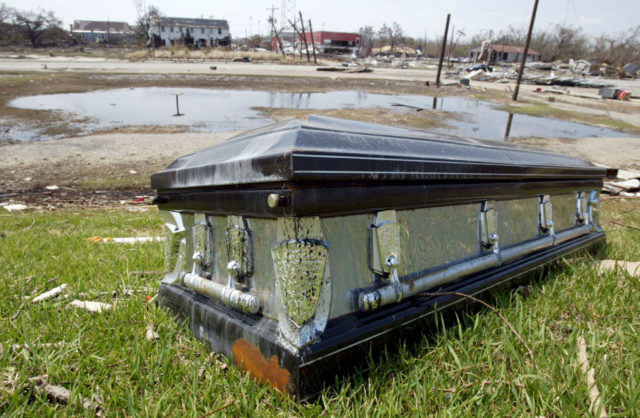
On top of the immediate damage, floodwaters can cause severe erosion and compromise the integrity of tree roots, causing them to fall and damage any gravestones beneath them – and this is only the tip of the iceberg when it comes to the negative effects of Mother Nature on cemeteries.
What are the possible solutions?
Given the politics and complex nature of cemeteries, a perfect solution to this problem is unlikely to come easily. While the most obvious answer would be to transfer coffins to newer cemeteries built to handle the effects of climate change, this isn’t always financially possible. As well, it isn’t always easy to find a decedent’s next of kin, especially if they’ve been dead for decades.
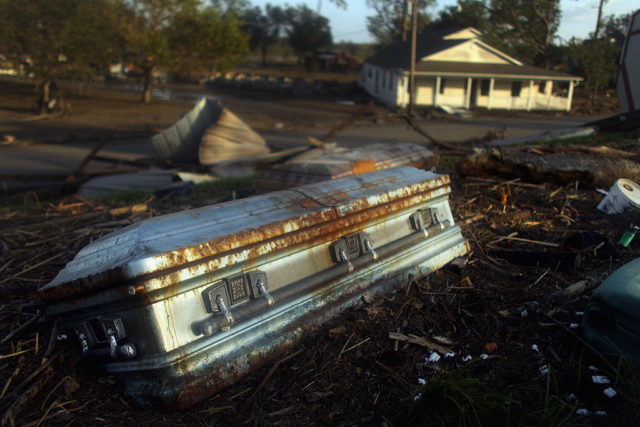
That’s where the problem lies. According to Scientific American, the primary barrier to adapting cemeteries is money. While owners are meant to establish an endowment fund to keep money coming in after plots are filled, it’s hardly enough to cover routine maintenance, let alone renovations that could protect against severe weather.
Even if an owner has money, there’s the chance they could abandon a graveyard under their care. While this typically means the government is placed in charge of the plots, the cost of doing so often means there’s resistance from officials.
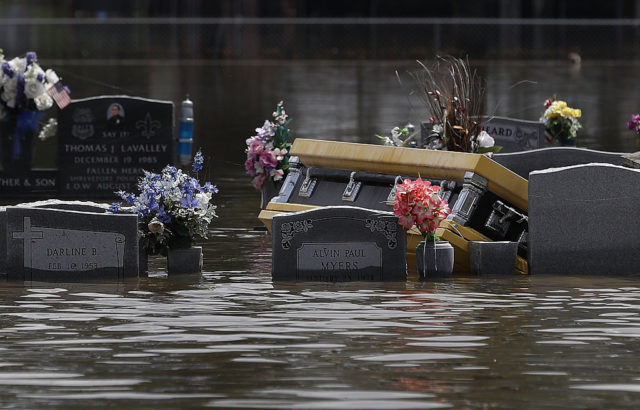
That being said, money isn’t always the problem. Even if an owner has enough funds to properly maintain their cemetery, the location might mean there’s no proper way to protect it against the elements.
Actions currently being undertaken
Given the growing increase in natural disasters due to climate change, a number of states have started taking steps to prevent damage to graveyards. In 2018, Louisiana formed the Cemetery Response Task Force, whose job is to hunt down caskets that have floated away during severe flooding. Cities in the state have also begun to put an end to the use of surface mausoleums.
Following Superstorm Sandy in 2012, Massachusetts used federal disaster funds to exhume 66 burial sites on Boston Harbor‘s Gallops Island, where over 200 smallpox patients were buried outside of a quarantine hospital. The aim of the program was to analyze the remains before moving them to a safer final resting place.
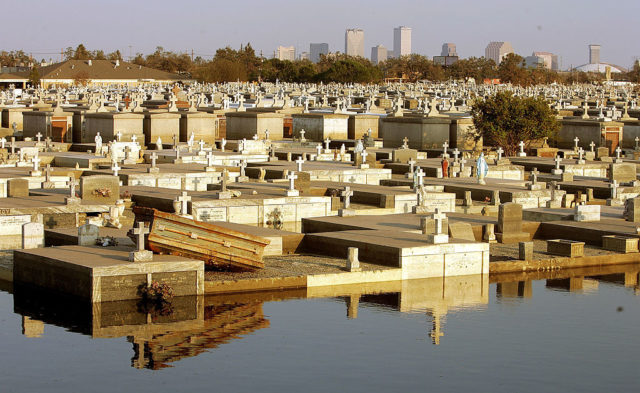
More from us: Aceredo: The Spanish Village That Re-Emerged 30 Years After It Disappeared Below Water
When heavy rain flooded a cemetery in Charleston, South Carolina, officials began looking into stricter requirements for cemetery operators, while North Carolina has been offered grant money to protect graves on barrier islands.
